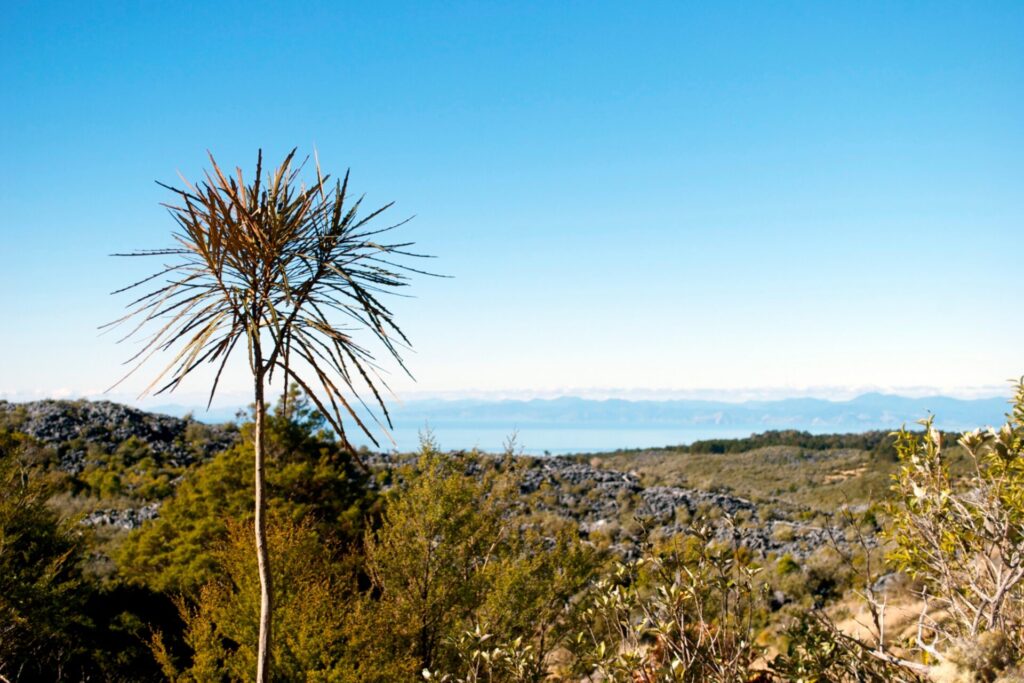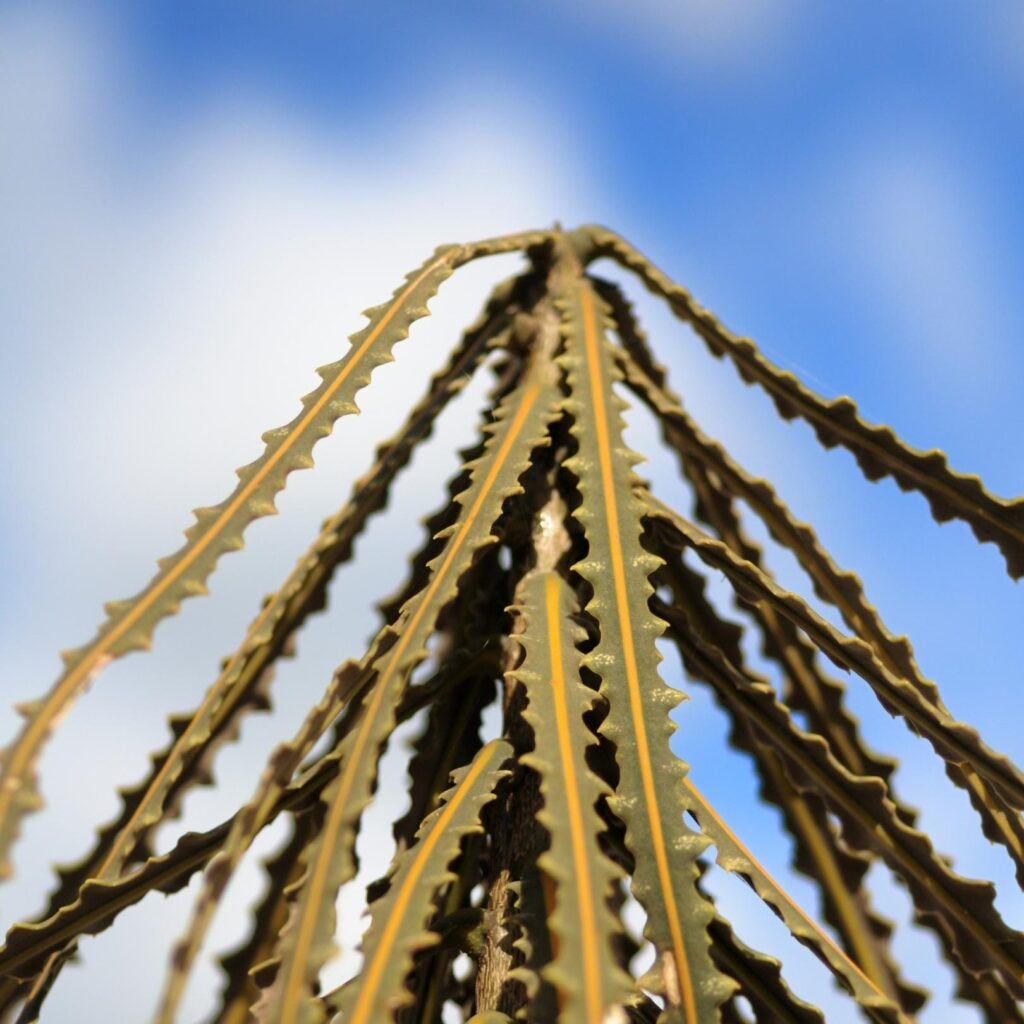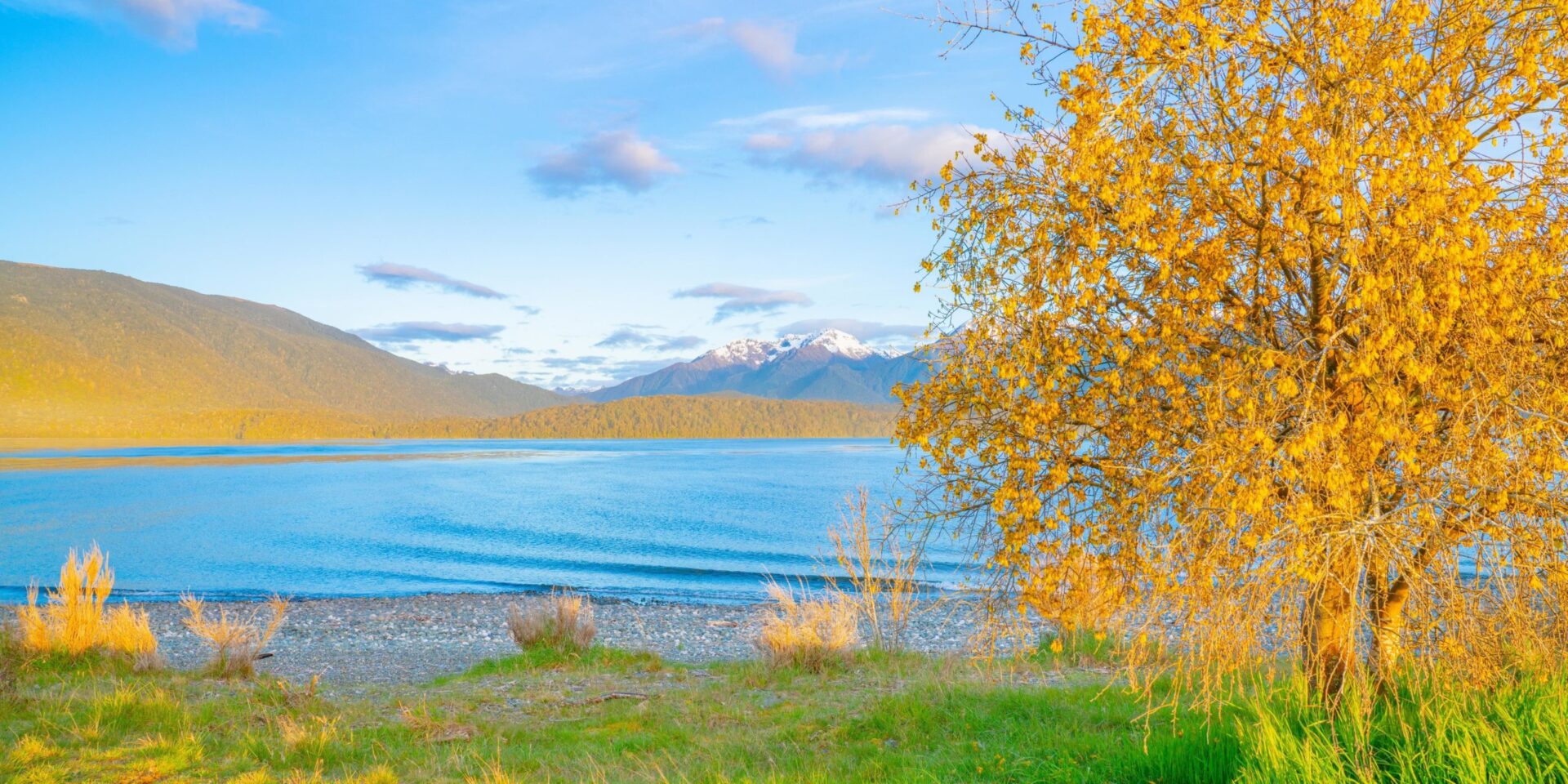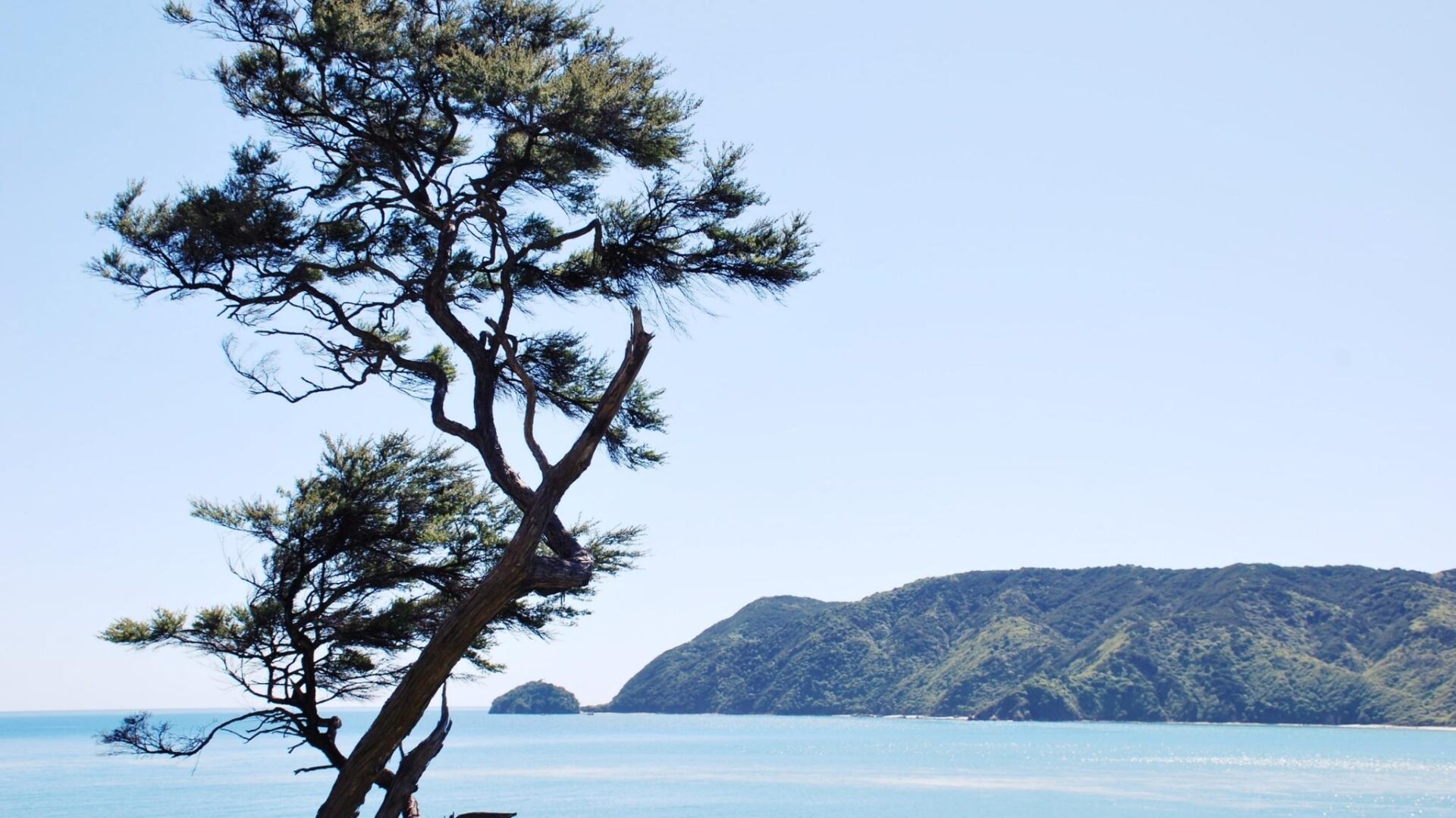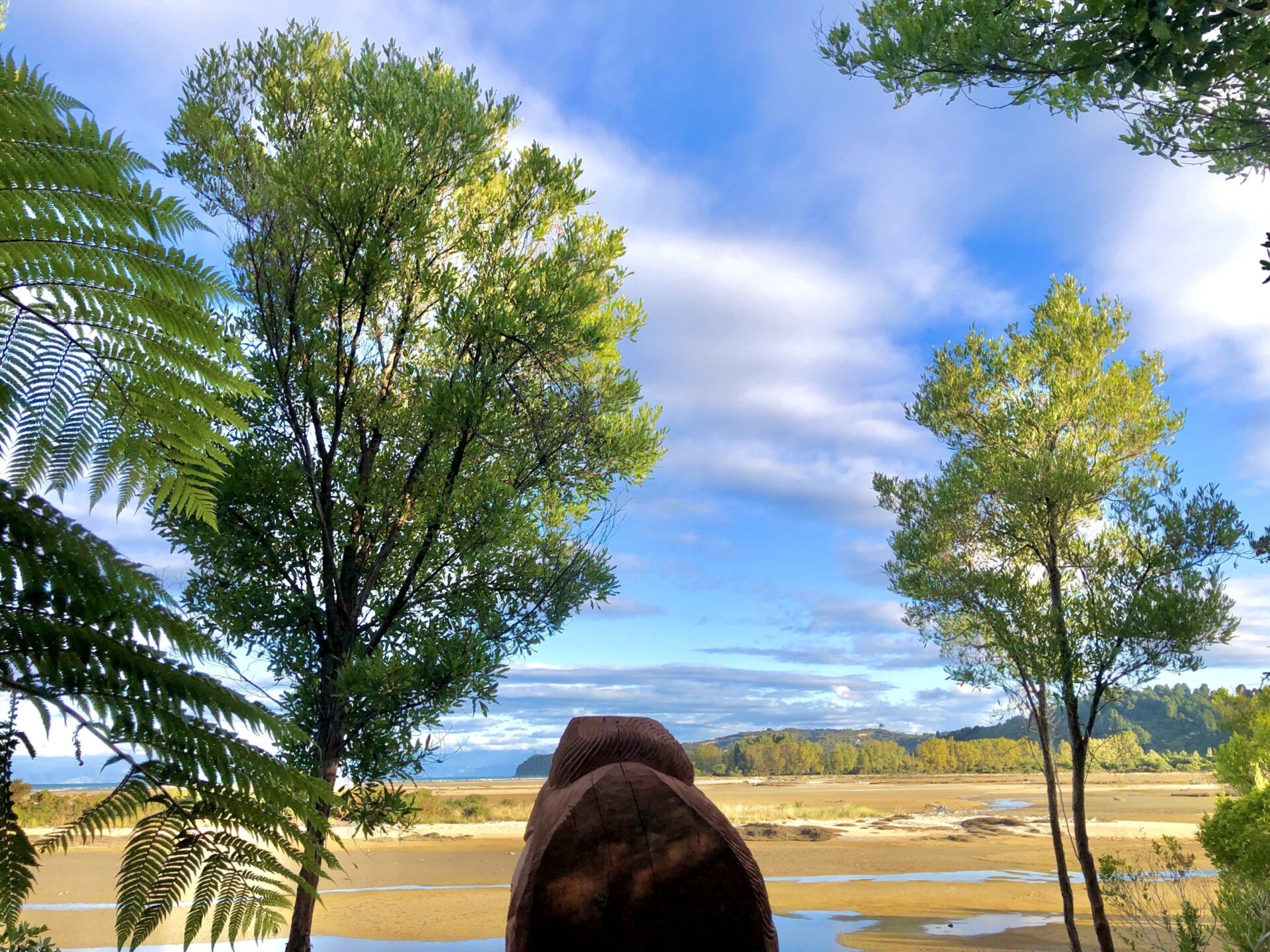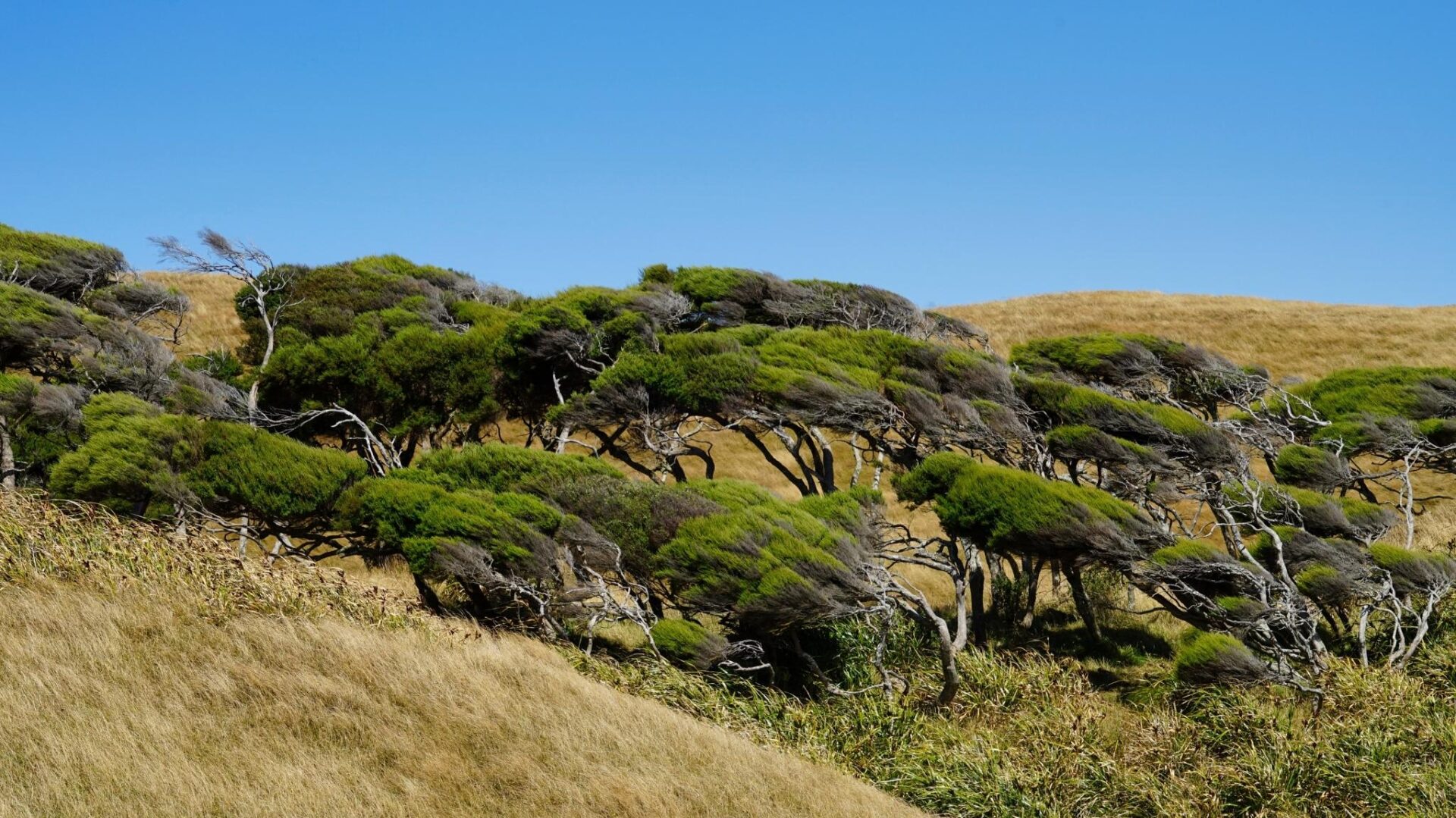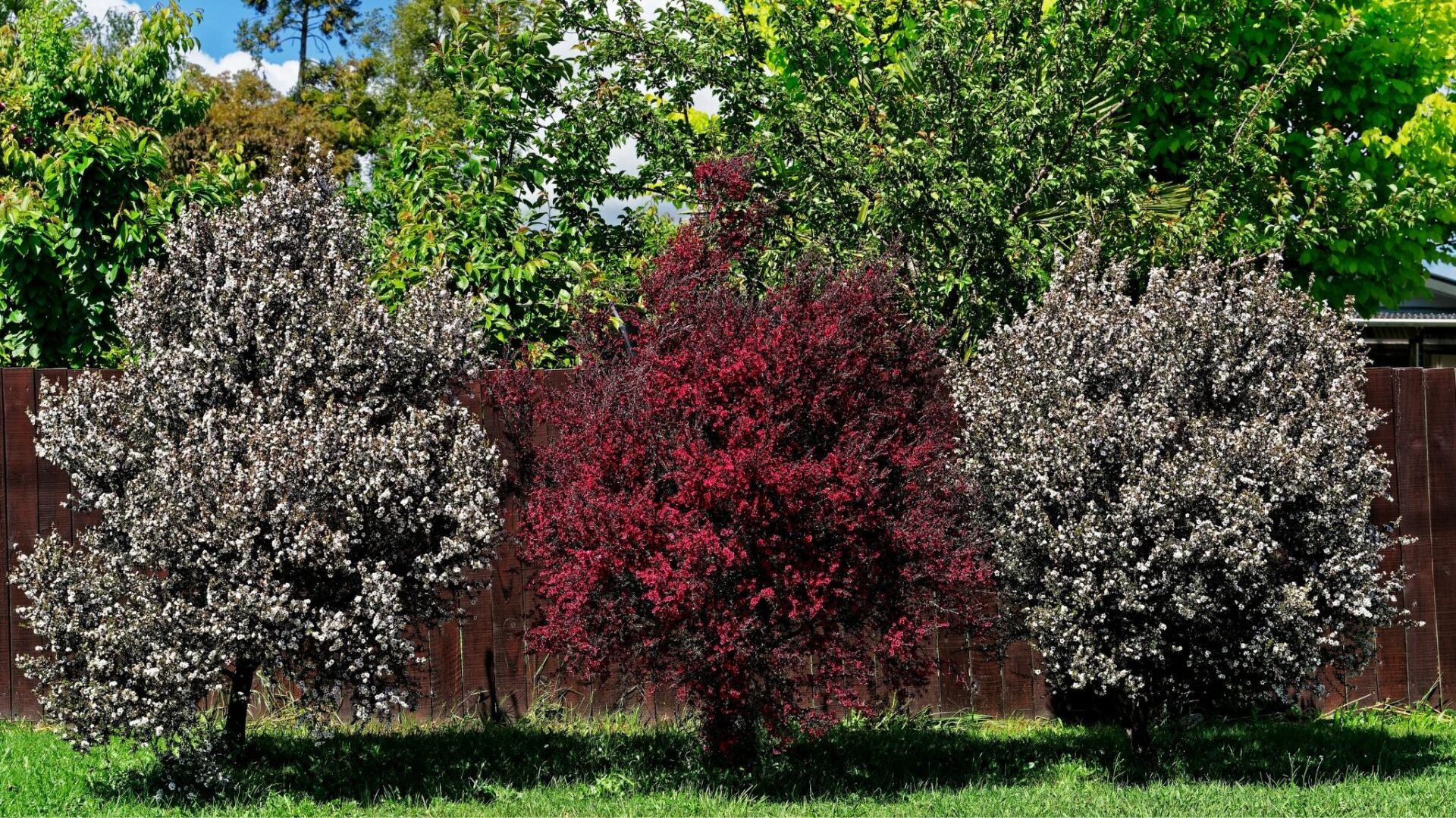NZ Lancewood: A Unique and Resilient Tree
The NZ Lancewood or horoeka (Pseudopanax crassifolius) is a unique and fascinating tree that is indigenous to New Zealand. This tree is also commonly known as the “tough as nails” tree, which is a nod to its impressive strength and resilience. There are three different species of lancewood.
There are three In this blog post, we’ll dive into the world of the NZ Lancewood and explore its biology, cultural significance, and why it’s an important species to preserve.
Biology
The NZ Lancewood is a small to medium-sized tree that can grow up to 20 meters tall. Its trunk is typically straight and slender, with a slightly wider base. The leaves are long and narrow, with a distinctive thick midrib. They are a glossy, dark green color and grow in an attractive, feather-like pattern. The tree produces small, inconspicuous flowers that are followed by fleshy berries that are edible for both humans and birds. They are especially enjoyed by whitehead, tui and Kereru.
The unique feature of the NZ Lancewood is its juvenile form. The young leaves are completely different from the mature leaves, having a broad, triangular shape and a serrated edge. This is why the tree is also known as the “two-leaved pittosporum.” As the tree matures, the leaves transition to their adult form, which is narrow and pointed.
Natural Area
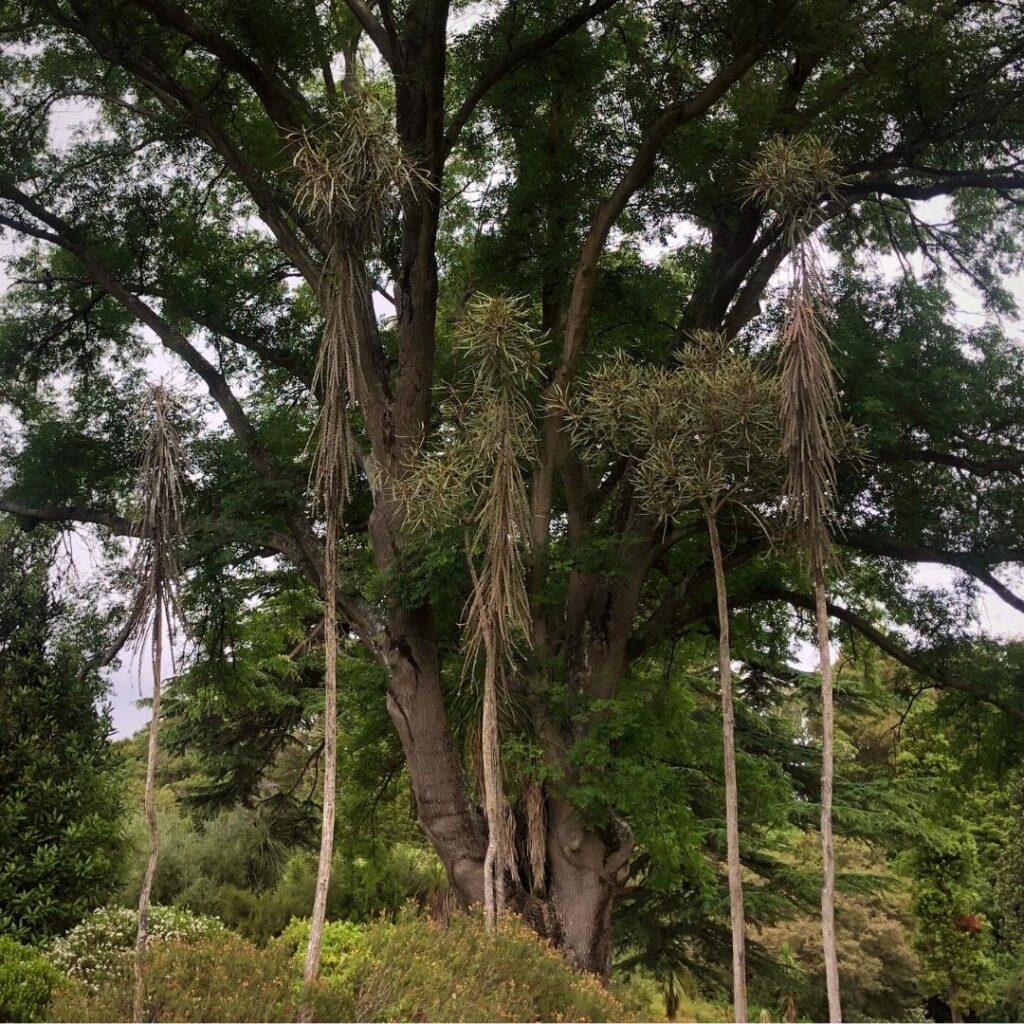
is native to the northern part of the North Island of New Zealand. It grows in the lush coastal forests of Northland and the Coromandel Peninsula, in areas with high rainfall and damp conditions. The tree is a common sight along the coastline, thriving in the fertile soil and abundant rainfall of these regions. The tree is also commonly found in mature lowland forests, and can be seen growing among other native species such as kauri, rimu and totara. The New Zealand lancewood is well adapted to its environment, and is an important part of the ecosystem of these regions, providing habitat for many species of birds and insects.
Cultural Significance
The NZ Lancewood holds a special place in Maori culture, who have traditionally used the wood for carving, fishing spears, and weapons. The wood is extremely strong and durable, making it ideal for use in these applications. Additionally, the tree is considered a taonga (treasure) in Maori culture, and is protected by the Treaty of Waitangi.
Conservation
Unfortunately, the NZ Lancewood is considered threatened due to habitat loss and degradation. This tree is typically found in lowland and coastal forests, which have been extensively cleared for agriculture and development. As a result, the population of NZ Lancewoods has declined, making conservation efforts all the more important. There are several initiatives underway to protect and preserve this species, including planting programs, habitat restoration, and community involvement.
Planting and Care Instructions
The NZ Lancewood tree is relatively easy to grow and can be a great addition to any landscape. Here are some tips for planting and caring for the tree:
- Choose a location with well-drained soil and partial to full sun exposure.
- Dig a hole that is twice the width of the root ball and just as deep.
- Remove the tree from its container and place it in the hole, making sure the top of the root ball is level with the soil surface.
- Backfill the soil around the root ball, tamping down gently to eliminate air pockets.
- Water the tree well, saturating the soil to a depth of 6-12 inches.
- Mulch around the base of the tree, being careful not to cover the trunk.
- Water regularly for the first growing season, tapering off as the tree establishes.
By following these simple steps, you can help ensure that your NZ Lancewood tree thrives and grows into a beautiful and unique addition to your landscape. It is a remarkable tree and despite challenges, there is growing future for the species.

